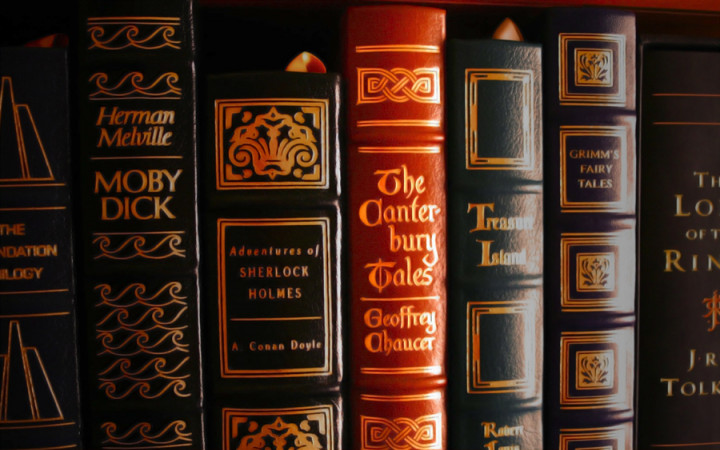The next time your class goes on a field trip, try this fun exercise along the way. Challenge each person to tell a story. It can be an old story passed down through the years or something funny that happened last week. It can teach a moral lesson or merely reflect something someone finds important. After each story has been told, one person will win a prize for the best story.
Can you imagine what a rich collection of stories you would have at the end of such an exercise? This exercise actually resembles the premise of one of the greatest works of English literature. What are we talking about? The Canterbury Tales, of course!
Written by Geoffrey Chaucer between 1387 and his death in 1400, The Canterbury Tales is a collection of 24 stories within a frame story. The frame story involves the pilgrimage of 30 people traveling from London to Canterbury Cathedral to visit the shrine of Saint Thomas Becket.
Each character is supposed to tell two stories on the way to Canterbury and two more stories on the way back to London. The prize for telling the best story is a free meal upon their return. Since the collection contains only 24 stories, some historians believe Chaucer's work remained unfinished upon his death, while others believe he never intended the collection to include 120 stories.
The stories range from humorous and bawdy to moral and contemplative. They reflect the wide variety of characters Chaucer chose, which include a knight, a monk, a carpenter, a merchant, a miller, a haberdasher, a clerk, and a prioress, among others.
Chaucer created a vivid cast of characters from all different levels of late-14th-century society. His descriptions of their occupations and clothing provide historians with valuable insight into how people lived at that time.
Writing from so many different perspectives also allowed Chaucer to comment on a wide variety of subjects, including religion, gender, and social change. He did so, in part, by writing in different genres based upon particular characters, including religious legends, romances, allegories, fables, sermons, and sometimes mixtures of these.
The Canterbury Tales is also important because of Chaucer's decision to write in English, specifically Middle English. In the late 14th century, French was still the primary literary language of those in power. The Canterbury Tales became one of the first major works of literature to be written in English.
When Chaucer wrote The Canterbury Tales, the printing press had not yet been invented. That meant that it had to be passed down via handwritten manuscripts. Although no manuscripts in Chaucer's own hand remain, over 80 copies that date back to the 16th century have been found, suggesting that The Canterbury Tales was extremely popular in the century after Chaucer's death.





